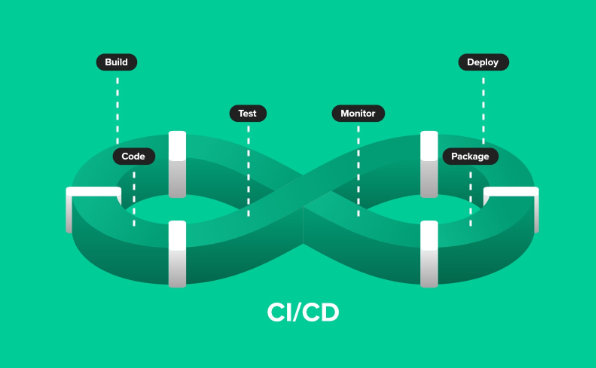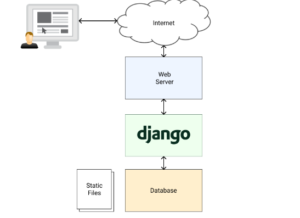Implementing Continuous Integration and Continuous Deployment (CI/CD) for Java full stack applications helps automate the build, test, and deployment processes, enabling faster and more reliable software delivery. Here’s a step-by-step guide to implementing CI/CD for Java full stack applications:
- Version Control System:
Set up a version control system (VCS) like Git to manage your source code. Use branches for different environments (e.g., development, staging, production) and ensure that all code changes are committed to the repository. - Build Automation:
Configure a build automation tool such as Apache Maven or Gradle to automate the build process. Create build scripts (e.g., pom.xml for Maven, build.gradle for Gradle) that define dependencies, build phases, and tests for your Java application. - Continuous Integration:
Set up a CI server such as Jenkins, CircleCI, or GitLab CI/CD to trigger builds automatically whenever changes are pushed to the repository. Configure the CI server to clone the code, build the application, and execute unit tests. - Automated Testing:
Implement automated tests for your Java full stack application, including unit tests, integration tests, and end-to-end tests. Integrate testing frameworks like JUnit, Mockito, or Selenium into your build scripts to execute tests during the CI process. - Static Code Analysis:
Integrate static code analysis tools like SonarQube or Checkstyle into your CI pipeline. These tools analyze your code for code quality, potential bugs, security vulnerabilities, and adherence to coding standards. Configure the CI server to run static code analysis and report any issues. - Artifact Repository:
Set up an artifact repository like Nexus or Artifactory to store build artifacts (e.g., JAR files, WAR files) generated during the build process. Configure the CI server to publish the artifacts to the repository after a successful build. - Continuous Deployment:
Define deployment pipelines to automate the deployment of your Java full stack application to different environments. Use deployment tools like Docker, Kubernetes, or serverless frameworks to package and deploy your application to staging and production environments. - Environment Configuration:
Maintain separate configuration files for each environment (e.g., application.properties) to customize settings like database connections, API keys, and logging configurations. Ensure that these configurations are managed securely and separately for different environments. - Infrastructure as Code (IaC):
Use infrastructure as code tools like Terraform or AWS CloudFormation to define and provision your infrastructure resources (e.g., servers, databases) in a declarative manner. Automate the creation and management of your infrastructure to ensure consistency and reproducibility. - Continuous Monitoring and Logging:
Implement monitoring and logging solutions such as Prometheus, Grafana, or ELK (Elasticsearch, Logstash, Kibana) stack to track the performance and health of your application in real-time. Set up alerts and dashboards to monitor critical metrics and log events. - Rollback and Rollforward Strategies:
Define rollback and rollforward strategies in case of deployment failures or issues in production. Ensure that you have a process in place to revert to the previous version or deploy a fix quickly to minimize downtime and impact on users. - Continuous Improvement:
Regularly review and improve your CI/CD pipeline. Collect feedback from the development and operations teams, monitor build and deployment performance, and iterate on the pipeline to optimize speed, reliability, and security.
Implementing CI/CD for Java full stack applications helps streamline the development process, reduces the risk of errors, and accelerates software delivery. It enables faster feedback loops, increased collaboration between teams, and enhances the overall quality of your application.



